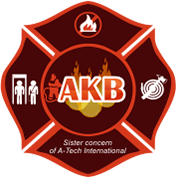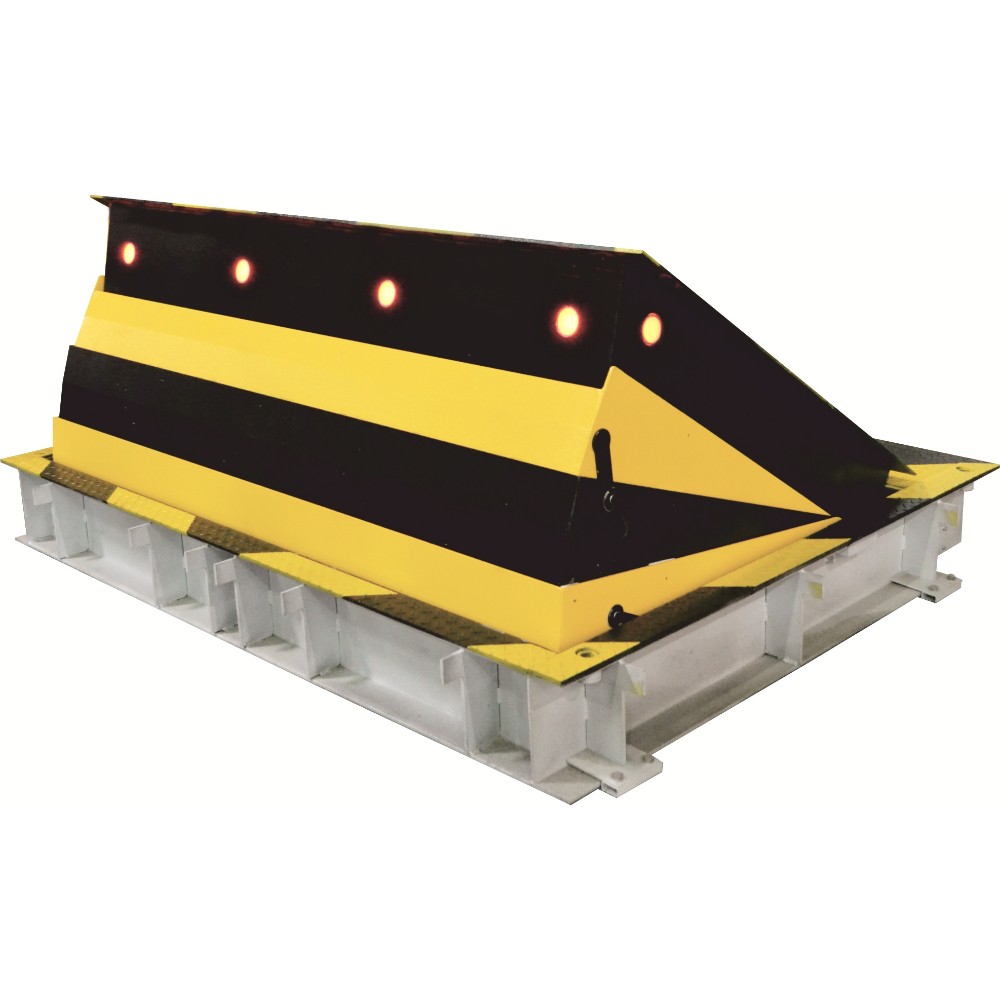Shop
- Home
- Road Safety
- Road Blocker

Convex Mirror
September 19, 2018
Traffic Signal Pole
September 19, 2018Road Blocker
Traffic barriers keep vehicles within their roadway and prevent vehicles from colliding with dangerous obstacles such as boulders, sign supports, trees, bridge abutments, buildings, walls, and large storm drains. Traffic barriers are also installed at the roadside to prevent errant vehicles from traversing steep (non-recoverable) slopes or entering deep water. Traffic barriers are installed within medians of divided highways to prevent errant vehicles from entering the opposing carriageway of traffic and help to reduce head-on collisions. Some of these barriers, designed to be struck from either side, are called median barriers. Crash barriers can also be used to protect vulnerable areas like school yards, pedestrian zones, and fuel tanks from errant vehicles.
Traffic barriers keep vehicles within their roadway and prevent vehicles from colliding with dangerous obstacles such as boulders, sign supports, trees, bridge abutments, buildings, walls, and large storm drains. Traffic barriers are also installed at the roadside to prevent errant vehicles from traversing steep (non-recoverable) slopes or entering deep water. Traffic barriers are installed within medians of divided highways to prevent errant vehicles from entering the opposing carriageway of traffic and help to reduce head-on collisions. Some of these barriers, designed to be struck from either side, are called median barriers. Crash barriers can also be used to protect vulnerable areas like school yards, pedestrian zones, and fuel tanks from errant vehicles.
While barriers are normally designed to minimize injury to vehicle occupants, injuries do occur in collisions with traffic barriers. They should only be installed where a collision with the barrier is likely to be less severe than a collision with the hazard behind it. Where possible, it is preferable to remove, relocate or modify a hazard, rather than shield it with a barrier.[4]
To make sure they are safe and effective, traffic barriers undergo extensive simulated and full scale crash testing before they are approved for general use. While crash testing cannot replicate every potential manner of impact, testing programs are designed to determine the performance limits of traffic barriers and provide an adequate level of protection to road users.[5]






Reviews
There are no reviews yet.